The Role of Total Resolution Time in Success
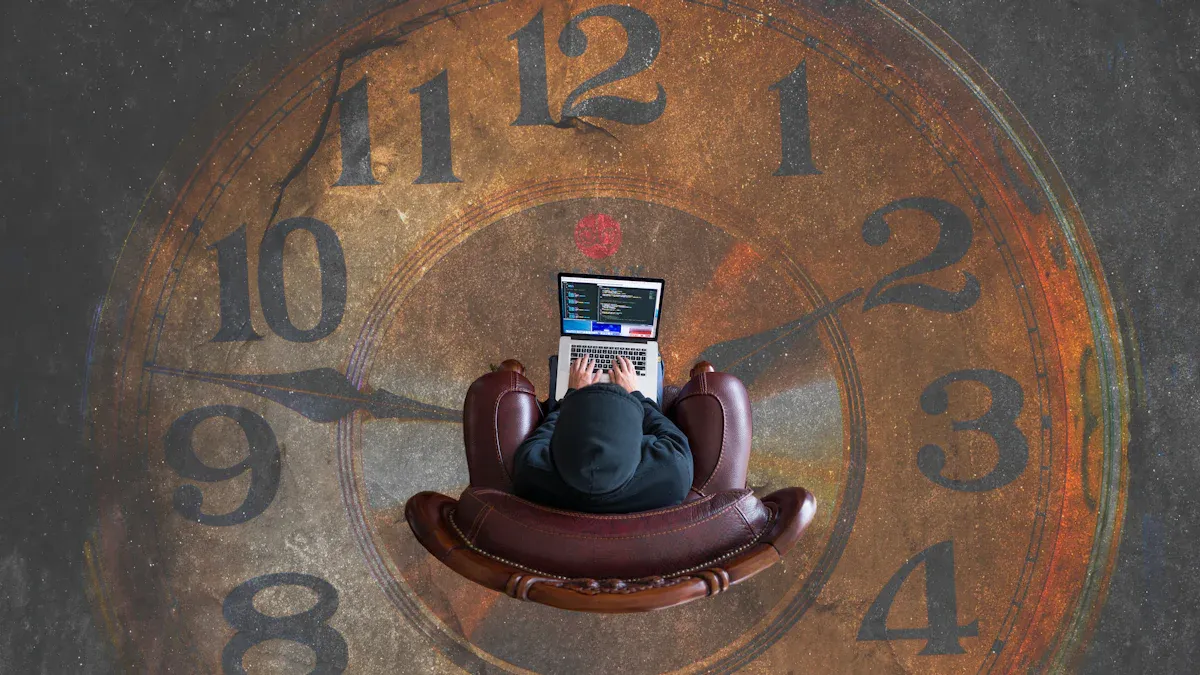
Total resolution time (TRT) is a vital metric in service management. It measures the time taken to resolve a customer issue from start to finish. This metric directly impacts customer satisfaction by ensuring faster resolutions and smoother interactions. When you reduce resolution time, you enhance the overall customer experience, building trust and loyalty.
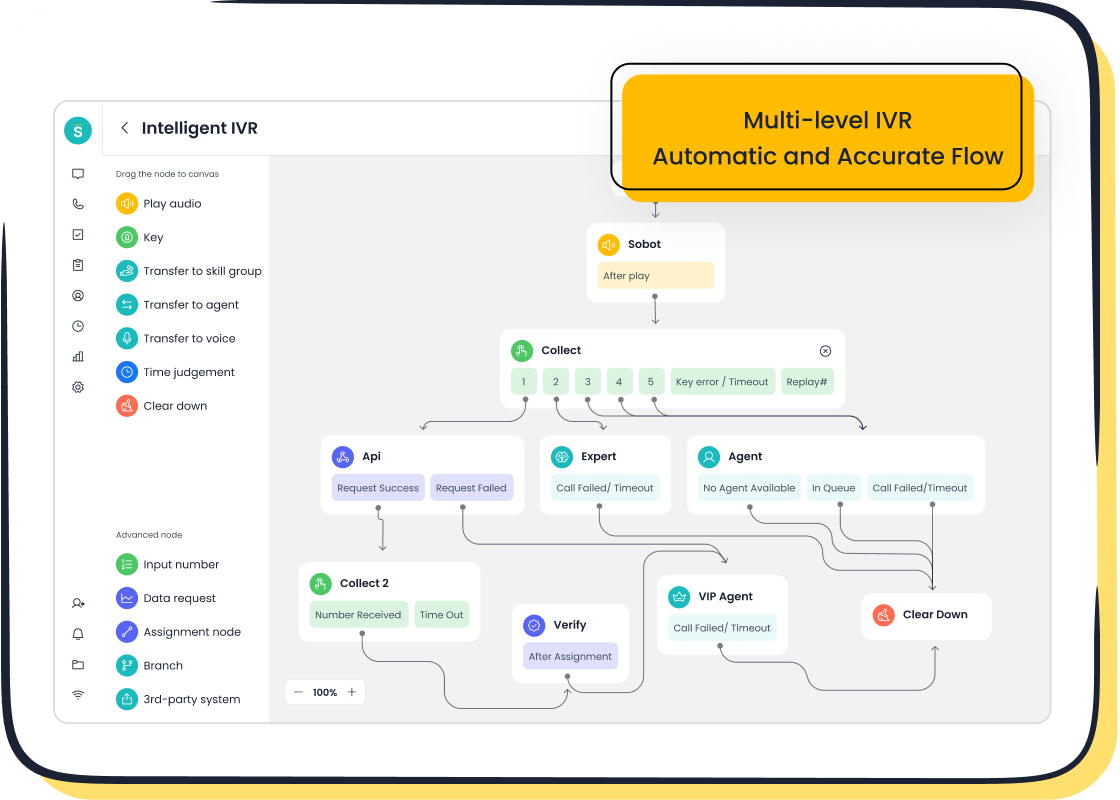
Businesses that focus on TRT see improved operational efficiency. By analyzing resolution patterns, you can identify areas for improvement, optimize workflows, and provide better training for your team. For example, implementing tools like Sobot's Voice/Call Center can streamline processes, improve communication, and reduce delays. These efforts not only boost satisfaction but also drive long-term customer success and better business outcomes.
Understanding Total Resolution Time (TRT)
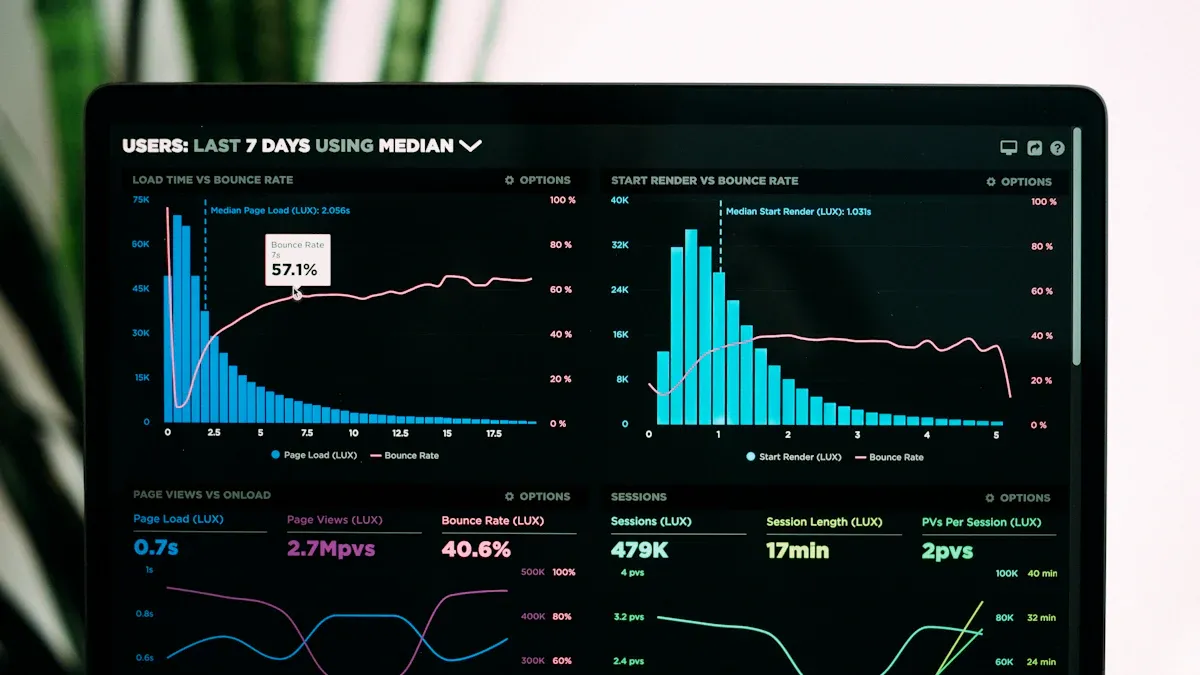
What is Total Resolution Time?
Definition and purpose of TRT
Total resolution time refers to the duration it takes to resolve a customer’s issue from the moment they contact support until the problem is fully addressed. This metric, also known as mean time to resolution (MTTR), helps you measure the speed and effectiveness of your service team. By tracking this, you can identify bottlenecks and improve processes to enhance customer satisfaction and operational efficiency.
Key components of TRT (response time, resolution time)
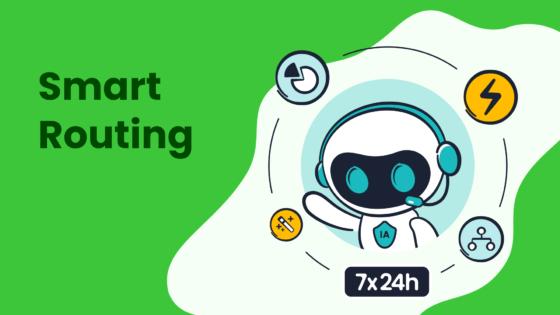
Two main components define total resolution time: response time and resolution time. Response time measures how quickly your team acknowledges a customer’s inquiry. Resolution time, on the other hand, tracks the time taken to fully solve the issue. Together, these metrics provide a complete picture of your service performance. For example, Sobot’s Voice/Call Center offers tools like real-time monitoring and smart call routing to reduce both response and resolution times, ensuring faster ticket resolution time and better customer experiences.
Why Total Resolution Time Matters
Impact on customer satisfaction and loyalty
Time plays a critical role in shaping customer satisfaction. Customers expect quick solutions, and delays can lead to frustration. Faster resolutions not only improve satisfaction but also build loyalty. Studies show that long wait times often result in negative reviews and customer churn. By optimizing TRT, you can create positive experiences that encourage repeat business and higher customer satisfaction scores.
Role in operational efficiency and resource management

Efficient resolution processes save time and resources. When your team resolves issues quickly, they can handle more inquiries without compromising quality. This improves overall efficiency and reduces operational costs. Tools like Sobot’s AI-powered Voicebot streamline workflows, allowing your team to focus on complex problems while automating repetitive tasks.
Common Standards for TRT
Industry benchmarks and variations
Industry benchmarks for TRT vary depending on the sector. For instance, e-commerce companies aim for an average resolution time of under 24 hours, while technical support teams may target shorter durations. The table below highlights key metrics:
| Metric | Description |
|---|---|
| Resolution Time | The total time from when a customer contacts support until their issue is resolved. |
| Average Resolution Time | The time taken by a representative to solve a support ticket after it is created. |
Factors influencing TRT across sectors
Several factors affect TRT, including the complexity of the issue, the tools used, and the industry itself. For example, in retail, simpler inquiries like order tracking may have shorter TRT, while technical sectors often deal with more complex problems requiring longer resolution times. Advanced tools like Sobot’s unified workspace help standardize processes across industries, ensuring consistent and efficient service delivery.
The Importance of Total Resolution Time in Service Management
Enhancing Customer Satisfaction
Faster resolutions and their effect on customer loyalty
Quick problem resolution is essential for maintaining customer loyalty. Customers value their time and expect efficient service. Studies show that longer response times often lead to dissatisfaction, while faster resolutions improve the overall customer experience. For instance, reducing the average resolution time by 20% can significantly increase the number of cases resolved daily, enhancing customer satisfaction. Tools like Sobot’s Voice/Call Center help streamline workflows, ensuring faster ticket resolution time and better outcomes for your customers.
Building trust through efficient service
Efficient service builds trust by showing customers that their concerns matter. When you resolve issues promptly, customers feel valued and are more likely to return. This trust directly impacts the customer satisfaction score, a key metric for measuring service quality. By using advanced solutions like Sobot’s AI-powered Voicebot, you can automate repetitive tasks and focus on delivering high-quality service, further strengthening customer relationships.
Driving Customer Success
How TRT contributes to achieving customer goals
Total resolution time plays a pivotal role in helping customers achieve their goals. Faster resolutions allow customers to continue using your products or services without interruptions. This seamless experience enhances customer success by ensuring they derive maximum value from your offerings. For example, Sobot’s smart call routing ensures that customers are connected to the right agents, reducing delays and improving problem resolution.
Long-term benefits of optimizing TRT
Optimizing TRT offers long-term benefits for both customers and businesses. Customers enjoy a smoother experience, while businesses gain higher satisfaction scores and improved loyalty. Additionally, efficient resolution processes reduce operational costs and free up resources for other tasks. Companies that prioritize TRT often achieve competitive advantages, reinforcing their position in the market.
Operational and Business Impact
TRT as a measure of service team performance
Total resolution time serves as a critical measure of your service team’s performance. It reflects how efficiently your team handles inquiries and resolves issues. Faster TRT indicates a well-trained and resourceful team, while delays highlight areas for improvement. Real-time monitoring tools, like those offered by Sobot’s Voice/Call Center, provide valuable insights into team performance, helping you identify bottlenecks and enhance efficiency.
Competitive advantages of reduced TRT
Reducing TRT gives your business a competitive edge. Faster resolutions lead to higher customer satisfaction, increased revenue, and reduced workload for your team. The table below highlights these benefits:
| Benefit | Explanation |
|---|---|
| Improved Customer Satisfaction | Faster response times lead to higher customer satisfaction, which is crucial for brand loyalty. |
| Increased Revenue | Quick resolutions can directly translate to more sales, as customers are less likely to move on to competitors. |
| Reduced Workload | Efficient handling of queries minimizes the number of repeated contacts, streamlining support operations. |
By leveraging tools like Sobot’s unified workspace, you can achieve these advantages while maintaining high service quality.
Measuring Total Resolution Time Effectively
Steps to Calculate TRT
Identifying start and end points of resolution
To calculate total resolution time (TRT), you must first identify the start and end points of each customer interaction. Start the clock when the customer contacts support, whether through a call, email, or chat. Stop the clock once the issue is fully resolved. This includes all waiting periods, such as the time before the first response and any delays during the process. For example, if a customer reports a problem at 10:00 AM and the resolution is completed by 12:30 PM, the TRT is 2 hours and 30 minutes. This simple approach ensures accurate tracking of your customer service metrics.
Using formulas to determine average TRT
To measure efficiency, calculate the average resolution time using this formula:
Average Resolution Time = Total Resolution Time in a Period / Total Number of Resolved Interactions
For instance, if your team resolves 50 tickets in a week with a combined TRT of 100 hours, the average resolution time is 2 hours per ticket. This metric helps you assess the quality of your support processes and identify areas for improvement.
Tools for Measuring TRT
Features of Sobot's Voice/Call Center for tracking TRT
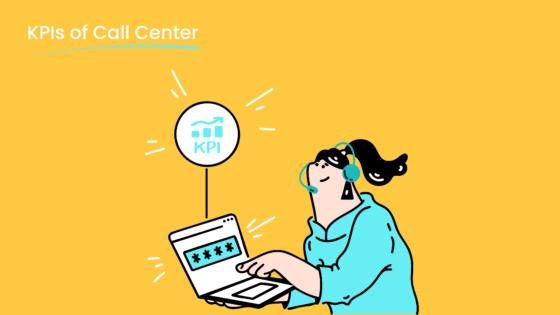
Sobot's Voice/Call Center simplifies TRT tracking with advanced features. Real-time monitoring allows you to measure response and resolution times accurately. Smart call routing ensures customers are connected to the right agents, reducing delays. Additionally, the unified workspace consolidates customer data, enabling agents to resolve issues faster. These tools not only improve efficiency but also enhance the overall customer experience, boosting customer satisfaction scores.
Other customer service software and analytics platforms
Many platforms offer tools to measure TRT, but not all provide the same level of integration and accuracy. Look for solutions that track response and resolution times, analyze trends, and generate actionable insights. For example, Sobot's AI-powered Voicebot automates repetitive tasks, allowing your team to focus on complex issues. This ensures higher quality service and better customer success outcomes.
Monitoring and Reporting
Importance of real-time data and analytics
Real-time data is essential for monitoring TRT. It provides immediate insights into your team's performance, helping you address bottlenecks quickly. Analytics tools can track trends, such as peak inquiry times or recurring issues, enabling you to optimize workflows. For instance, Sobot's monitoring features allow you to analyze ticket resolution time and adjust strategies to improve efficiency.
Setting benchmarks and goals for TRT improvement
Establishing benchmarks helps you measure progress and set realistic goals. Compare your TRT against industry standards to identify gaps. For example, e-commerce businesses often aim for a resolution time under 24 hours. Use tools like Sobot's Voice/Call Center to monitor performance and implement changes that align with your goals. Regularly reviewing these metrics ensures continuous improvement in customer service quality.
Strategies to Improve Total Resolution Time
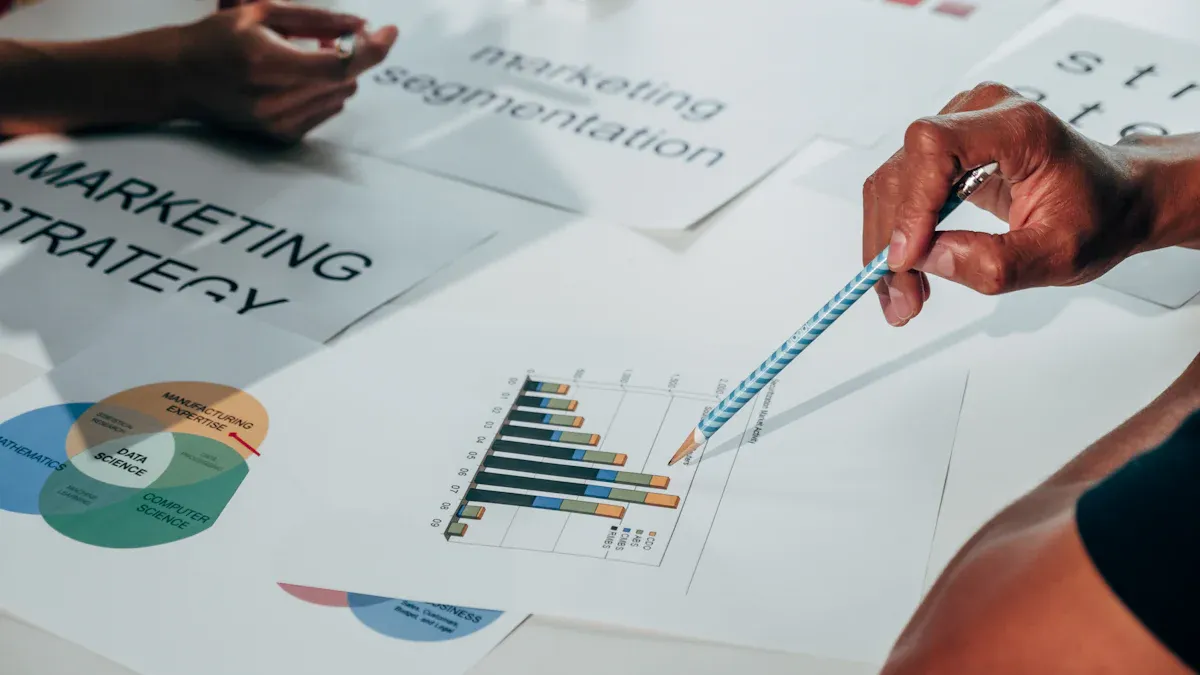
Leveraging Technology
Using Sobot's Voice/Call Center for smart call routing
Smart call routing ensures customers connect with the right agent quickly, reducing delays and improving resolution times. Sobot's Voice/Call Center uses intelligent IVR and rule-based routing to streamline this process. For example, a customer with a billing issue can be routed directly to the billing department, avoiding unnecessary transfers. This targeted approach enhances efficiency and boosts customer satisfaction. Businesses that adopt such technology often see measurable improvements in total resolution time (TRT).
Implementing AI-powered tools for faster resolutions
AI-powered tools like Sobot's Voicebot automate repetitive tasks, such as answering FAQs or collecting customer information. This allows agents to focus on complex issues, speeding up resolutions. For instance, Brastel reduced ticket handling time by 39% through workflow automation. Similarly, Jeffco Public Schools cut average ticket resolution time from three weeks to three days by integrating AI tools. These examples highlight how technology accelerates customer success and operational efficiency.
Streamlining Processes
Automating repetitive tasks
Automation minimizes human error and reduces operational costs. Sobot's unified workspace integrates customer data across channels, enabling agents to resolve issues faster. According to industry statistics, 67% of companies using automation report enhanced productivity. By automating routine tasks, your team can focus on delivering high-quality service, improving both efficiency and customer satisfaction.
Enhancing team collaboration and communication
Effective communication tools improve teamwork and reduce delays. Sobot's platform centralizes customer interactions, ensuring all team members have access to the same information. This eliminates confusion and speeds up resolutions. For example, Cymax Group improved response times by centralizing support operations, gaining better visibility across communication channels. Streamlined processes like these drive customer success and business growth.
Training and Development
Upskilling customer service teams
Upskilling equips your team with the skills needed to handle complex inquiries efficiently. Data shows that 93% of CEOs report productivity gains from formal upskilling initiatives. Training programs focusing on problem-solving and communication can significantly reduce TRT. For example, employees satisfied with upskilling report higher engagement, which directly impacts customer success.
Encouraging a customer-first mindset
A customer-first mindset ensures your team prioritizes customer needs. This approach builds trust and loyalty, essential for long-term business success. Regular training sessions can reinforce this mindset, helping your team deliver exceptional service. Companies that emphasize customer-centric values often achieve higher satisfaction scores and improved operational efficiency.
Continuous Improvement
Regularly reviewing TRT metrics
Regularly reviewing total resolution time (TRT) metrics helps you identify trends and areas for improvement. By analyzing these metrics, you can uncover patterns that affect your service quality. For example, if you notice a spike in TRT during specific hours, you can adjust staffing levels to meet demand. This proactive approach ensures your team remains efficient and responsive.
Tracking metrics also allows you to measure progress toward your goals. For instance, if your target is to reduce TRT by 20%, consistent reviews help you monitor whether your strategies are working. Tools like Sobot’s Voice/Call Center provide real-time analytics, making it easier to track and evaluate performance. These insights not only improve operational efficiency but also contribute to customer success by ensuring faster resolutions and better service experiences.
Adapting strategies based on performance data
Adapting your strategies based on performance data is essential for continuous improvement. Data-driven decisions allow you to address bottlenecks and optimize workflows. For example, if data shows that certain issues take longer to resolve, you can provide targeted training to your team. This ensures they are better equipped to handle similar cases in the future.
Performance data also highlights the effectiveness of your tools and processes. If your current system struggles with high call volumes, upgrading to a solution like Sobot’s Voice/Call Center can streamline operations. Features like smart call routing and AI-powered Voicebots reduce delays, enhancing customer success. Businesses that adapt quickly to data insights often see higher satisfaction scores and improved loyalty.
Tip: Regularly updating your strategies based on data ensures your service remains aligned with customer expectations, driving long-term success.
Real-World Applications of Total Resolution Time
TRT in Call Centers
Reducing wait times with Sobot's Voice/Call Center
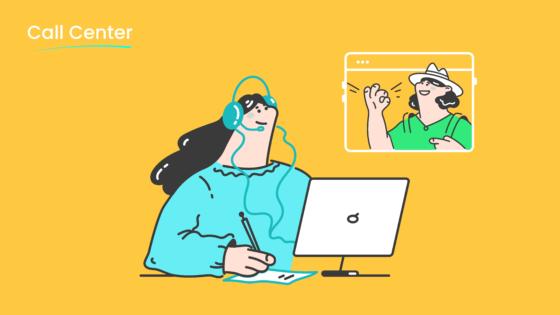
Reducing wait times is essential for improving the overall customer experience in call centers. Long wait times often frustrate customers and lead to dissatisfaction. Sobot's Voice/Call Center addresses this issue with features like smart call routing and intelligent IVR. These tools ensure that customers are quickly connected to the right agents, minimizing delays. Real-time analytics further enhance this process by allowing you to monitor call volumes and adjust staffing accordingly. For example, aligning schedules with peak contact times improves occupancy rates, which directly correlates with faster resolutions and higher customer satisfaction.
Improving first-call resolution rates
First-call resolution (FCR) is a critical metric for measuring call center efficiency. It reflects how well your team resolves customer issues during the first interaction. Sobot's unified workspace consolidates customer data, enabling agents to access relevant information instantly. This reduces the need for follow-ups and ensures quicker problem-solving. Studies show that higher FCR rates lead to better customer loyalty and reduced operational costs. By leveraging tools like Sobot's Voice/Call Center, you can enhance FCR rates and deliver a seamless support experience.
TRT in Customer Support
Managing complex service requests efficiently
Complex service requests often require more time and resources to resolve. However, with the right tools, you can handle these efficiently. Sobot's AI-powered Voicebot automates repetitive tasks, freeing up agents to focus on intricate issues. Additionally, the platform's real-time monitoring capabilities allow you to track progress and identify bottlenecks. This ensures that even the most challenging requests are resolved promptly, improving both customer satisfaction and operational efficiency.
Balancing speed with quality of service
While speed is important, maintaining service quality is equally crucial. Customers value accurate and thorough resolutions over rushed responses. Sobot's solutions strike this balance by equipping agents with comprehensive customer histories and AI-driven insights. This enables your team to provide personalized support without compromising on speed. For instance, real-time analytics help agents tailor their approach, ensuring that every interaction meets customer expectations.
Success Stories
How Weee! reduced resolution time by 50% with Sobot
Weee!, a leading online Asian supermarket, faced challenges like inflexible IVR systems and language barriers. By implementing Sobot's Voice/Call Center, the company achieved remarkable results. The flexible IVR system and multilingual support reduced resolution time by 50%. Additionally, agent efficiency improved by 20%, and the customer satisfaction score reached an impressive 96%. These outcomes highlight the transformative impact of optimizing TRT with advanced tools.
Achieving 96% customer satisfaction through optimized TRT
Optimizing TRT not only reduces delays but also enhances the overall customer experience. For example, Weee! leveraged Sobot's integrated workbench to streamline operations and improve communication. This approach allowed agents to resolve issues faster while maintaining high service quality. The result was a 96% customer satisfaction score, demonstrating the value of efficient resolution processes in driving customer success.
Optimizing Total Resolution Time (TRT) is essential for delivering exceptional customer experiences. By addressing issues promptly, you demonstrate a commitment to customer convenience and satisfaction. Studies reveal that 61% of consumers view quick resolutions as a hallmark of excellent support. This highlights how reducing TRT fosters loyalty and reflects your team's competence.
Efficient TRT management also enhances operational efficiency and drives business success. Faster resolutions free up resources, allowing your team to focus on complex tasks. Tools like Sobot's Voice/Call Center simplify workflows with features such as smart call routing and real-time analytics. These solutions ensure your customers receive timely and effective support, boosting satisfaction and retention.
Adopting strategies to optimize TRT not only improves customer outcomes but also strengthens your business's competitive edge. Start leveraging advanced tools today to achieve better results and long-term success.
FAQ
What is the ideal Total Resolution Time (TRT) for businesses?
The ideal TRT depends on your industry. For example, e-commerce businesses aim for under 24 hours, while technical support teams may target shorter durations. Tools like Sobot's Voice/Call Center help you achieve these benchmarks by streamlining workflows and reducing delays.
How can I measure Total Resolution Time effectively?
You can measure TRT by tracking the time from when a customer contacts support to when their issue is resolved. Use tools like Sobot's real-time analytics to monitor response and resolution times. This ensures accurate tracking and helps you identify areas for improvement.
Why does Total Resolution Time matter for customer satisfaction?
Customers value quick resolutions. Studies show that 61% of consumers consider fast issue resolution a key factor in excellent service. Reducing TRT with solutions like Sobot's AI-powered Voicebot improves satisfaction and builds loyalty by addressing concerns promptly.
Can technology help reduce Total Resolution Time?
Yes, technology plays a crucial role. Sobot's smart call routing and AI-powered tools automate repetitive tasks, enabling agents to focus on complex issues. This reduces delays and ensures faster resolutions, enhancing both customer satisfaction and operational efficiency.
How does Sobot's Voice/Call Center improve Total Resolution Time?
Sobot's Voice/Call Center offers features like intelligent IVR, real-time monitoring, and unified workspaces. These tools streamline communication, reduce wait times, and improve first-call resolution rates. Businesses using Sobot have reported up to a 50% reduction in TRT, as seen with Weee!.
See Also
Enhancing Customer Satisfaction Through Effective Live Chat Strategies
Improving Call Center Efficiency Using Performance Monitoring Techniques
Excelling in Live Chat for Optimal Customer Assistance
